Introduction
White tea, known for its delicate aroma, subtle flavors, and myriad health benefits, is a cherished beverage among tea enthusiasts worldwide. Among the various types of white tea, the concept of “three-tiered” white tea often refers to a grading system based on the quality and processing of the leaves. This grading typically encompasses Silver Needle (the highest grade), White Peony, and Shou Mei or Contributory (the lower grades). Each tier brings its unique characteristics and requires careful handling to retain its freshness and flavor profile over time. Proper storage is paramount to preserving the integrity of these precious leaves, ensuring that each sip offers the fullness of its intended taste and aroma.
This comprehensive guide delves into the intricacies of storing three-tiered white tea, offering practical advice and scientific insights to help tea lovers maintain the purity and potency of their tea collections. By understanding the principles of storage, including moisture control, temperature regulation, light exposure, and packaging materials, enthusiasts can ensure that their white tea retains its delicate essence for years to come.
Understanding the Characteristics of Three-Tiered White Tea

Before diving into storage methods, it’s crucial to appreciate the distinct qualities of each tier of white tea.
Silver Needle (Bai Hao Yin Zhen)
Considered the crown jewel of white teas, Silver Needle is characterized by its long, slender, silvery-white buds with minimal leaf accompaniment. Harvested early in the spring, these buds are meticulously processed to preserve their natural sweetness and floral notes. Silver Needle’s delicate nature makes it particularly susceptible to environmental factors during storage.
White Peony (Bai Mu Dan)
White Peony offers a balance between Silver Needle’s elegance and the robustness of lower-grade white teas. It features a mix of buds and young leaves, resulting in a tea with a richer, more complex flavor profile. White Peony’s slightly broader leaf structure provides it with a bit more resilience during storage compared to Silver Needle.
Shou Mei or Contributory (Shou Mei)
Shou Mei, often referred to as Contributory, is the most approachable and affordable tier of white tea. It consists of larger, more mature leaves that contribute to a robust, earthy taste with hints of sweetness. Shou Mei’s thicker leaves make it the most durable of the three tiers in terms of storage stability.
The Importance of Proper Storage
Proper storage of white tea is not merely about preserving its physical form but also about maintaining its intricate aroma and flavor components. White tea, especially high-grade varieties like Silver Needle, contains volatile compounds that are highly sensitive to environmental conditions. Exposure to moisture, excessive heat, direct sunlight, and oxygen can lead to the degradation of these compounds, resulting in a loss of freshness, aroma, and overall quality.
Key Principles of White Tea Storage
Effective white tea storage hinges on adhering to several fundamental principles:
Moisture Control
Moisture is the enemy of all dried foods, including tea. High humidity can cause mold growth, promote oxidation, and degrade the tea’s aroma and flavor. Ideally, white tea should be stored in an environment with a relative humidity (RH) of 30% to 65%. To achieve this, consider using desiccants or humidity control devices within airtight containers.
Temperature Regulation
Temperature fluctuations can accelerate the chemical reactions that lead to tea degradation. For optimal storage, maintain a consistent temperature between 50°F (10°C) and 70°F (21°C). Avoid storing tea in areas prone to extreme temperatures, such as near heating vents, radiators, or direct sunlight.
Light Exposure
Ultraviolet (UV) light and other forms of radiant energy can break down the delicate compounds in white tea, causing it to lose its vibrant color and aroma. Store tea in opaque, light-blocking containers to protect it from light exposure.
Oxygen Management
Exposure to oxygen can lead to oxidation, which alters the tea’s color, flavor, and aroma over time. Use airtight containers made of materials that do not react with tea (such as stainless steel, glass, or certain types of plastic) to minimize oxygen exposure. Vacuum sealing or using inert gases like nitrogen can further extend shelf life.
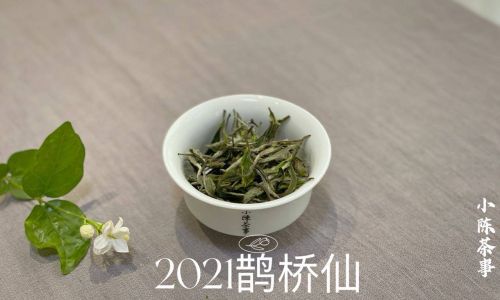
Odor Avoidance
White tea is highly absorbent and can easily pick up unwanted odors from its surroundings. Store tea in containers that are free from strong odors and keep it away from foods, spices, and other potentially odorous materials.
Packaging Materials
The choice of packaging material is crucial for effective white tea storage. Here are some recommended options:
- Aluminum Foil Bags: These provide an effective barrier against light, moisture, and oxygen.
- Opaque Glass Jars: When paired with an airtight lid, glass jars offer good visibility without the risk of light exposure if stored in a dark environment.
- Ceramic Cans: Ceramic containers can maintain a consistent internal environment and are less prone to reacting with tea.
- Vacuum-Sealed Bags: For long-term storage, vacuum-sealed bags can significantly reduce oxygen exposure and slow down the oxidation process.
Three-Tiered Storage Strategies
Given the varying characteristics of Silver Needle, White Peony, and Shou Mei, a tailored approach to storage can further enhance their preservation.
Silver Needle Storage
Due to its extreme delicacy, Silver Needle demands the utmost care. Store it in airtight, opaque containers lined with aluminum foil or vacuum-sealed bags to minimize oxygen exposure and light penetration. Consider using a humidity-controlled environment with desiccants to maintain optimal moisture levels. For the utmost protection, store Silver Needle in a refrigerator dedicated to non-perishable items, ensuring it does not come into contact with food odors.
White Peony Storage
White Peony, while still sensitive, is slightly more resilient than Silver Needle. It can be stored in similar conditions but may tolerate slightly higher humidity levels and more varied temperatures within the recommended range. Use opaque, airtight containers and consider adding a desiccant packet if storing in a humid environment. While refrigeration is optional for White Peony, it can extend its shelf life and preserve its freshness.
Shou Mei Storage
Shou Mei’s thicker leaves make it the most durable of the three tiers. It can be stored at room temperature in airtight, opaque containers, provided the environment remains within the optimal humidity and temperature ranges. While refrigeration is not necessary, it can still be beneficial for long-term storage, especially in warmer climates. Ensure the container is well-sealed to prevent moisture ingress and odor contamination.
Monitoring and Rotation
Regularly check your stored tea for signs of deterioration, such as discoloration, mold, or unusual odors. To ensure freshness, implement a rotation system where older teas are consumed first, making room for newer additions to be stored under optimal conditions.
Conclusion
The art of storing three-tiered white tea is a delicate balance of science and intuition. By understanding the unique characteristics of each tier and adhering to the principles of moisture control, temperature regulation, light exposure management, oxygen management, odor avoidance, and appropriate packaging materials, tea enthusiasts can preserve the purity and essence of their white tea collections. With proper care, each sip will continue to deliver the delicate aroma, subtle flavors, and myriad health benefits that have made white tea a cherished beverage for centuries.
By embracing these storage strategies, tea lovers can ensure that their Silver Needle, White Peony, and Shou Mei remain at their peak, offering a harmonious blend of tradition, flavor, and well-being with every brew.
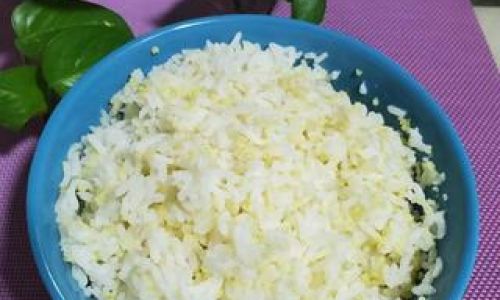

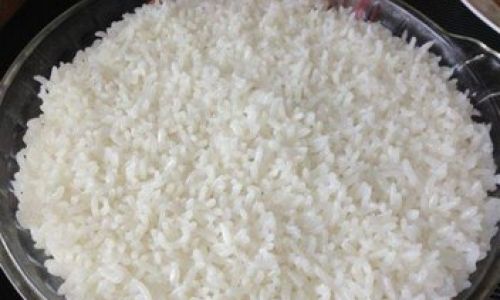
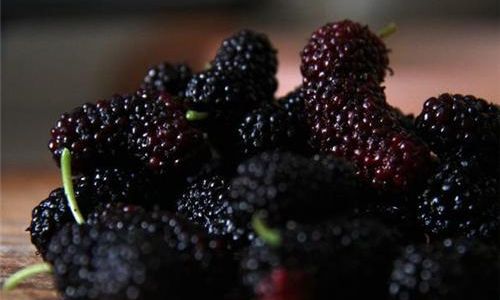
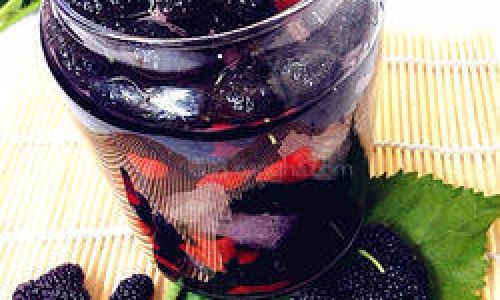
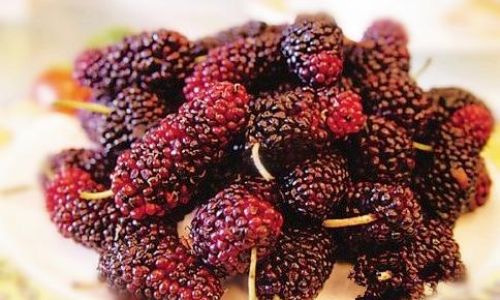
0 comments